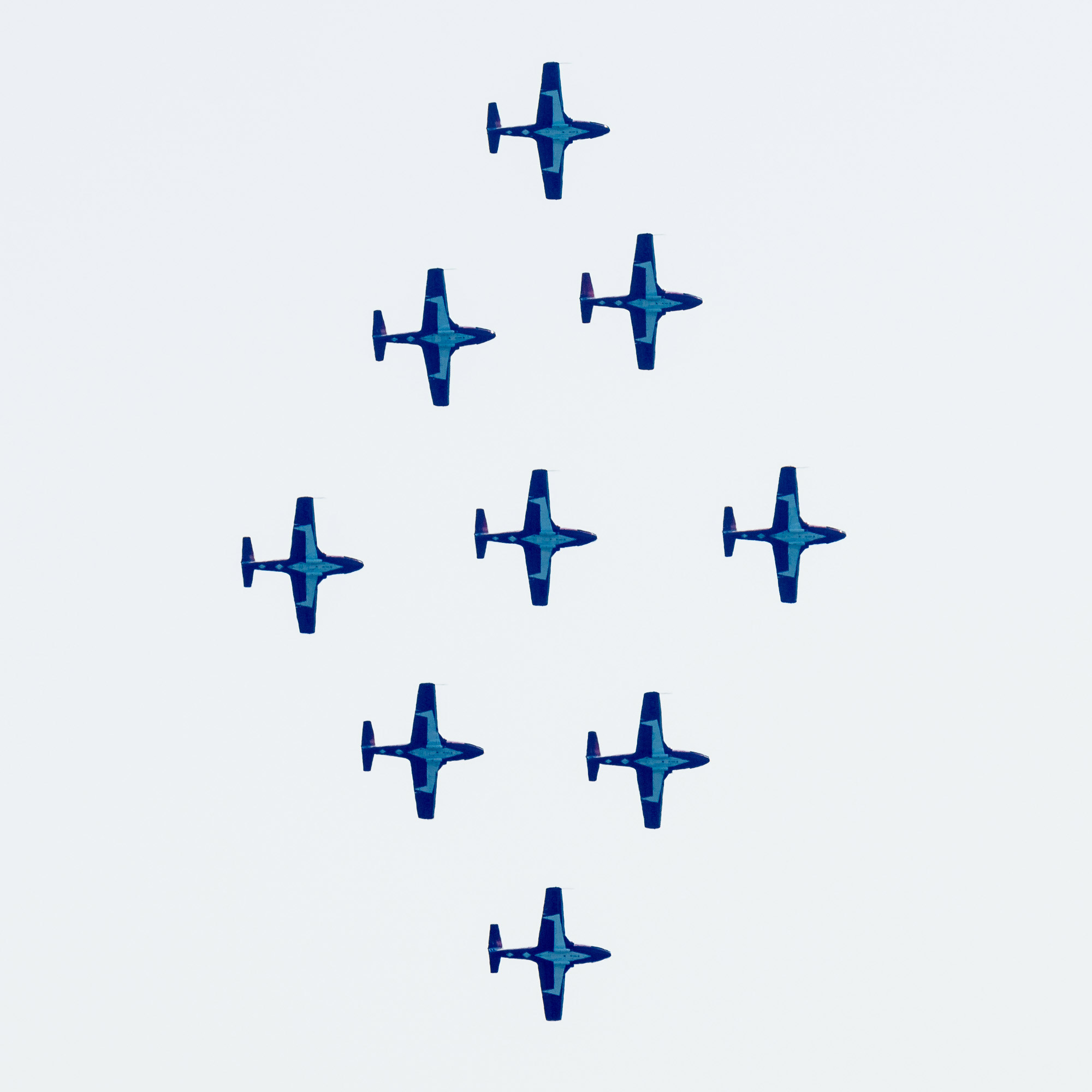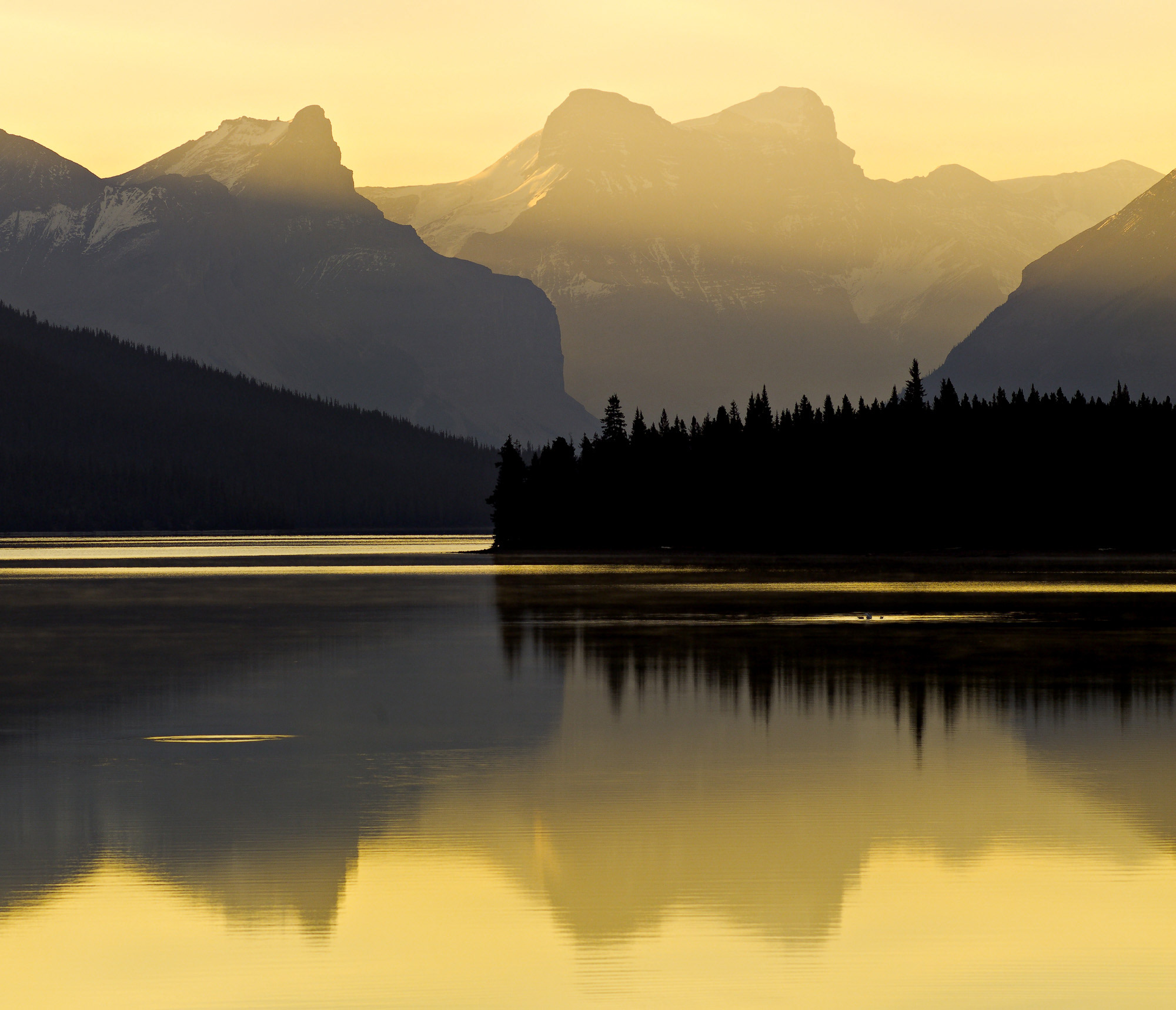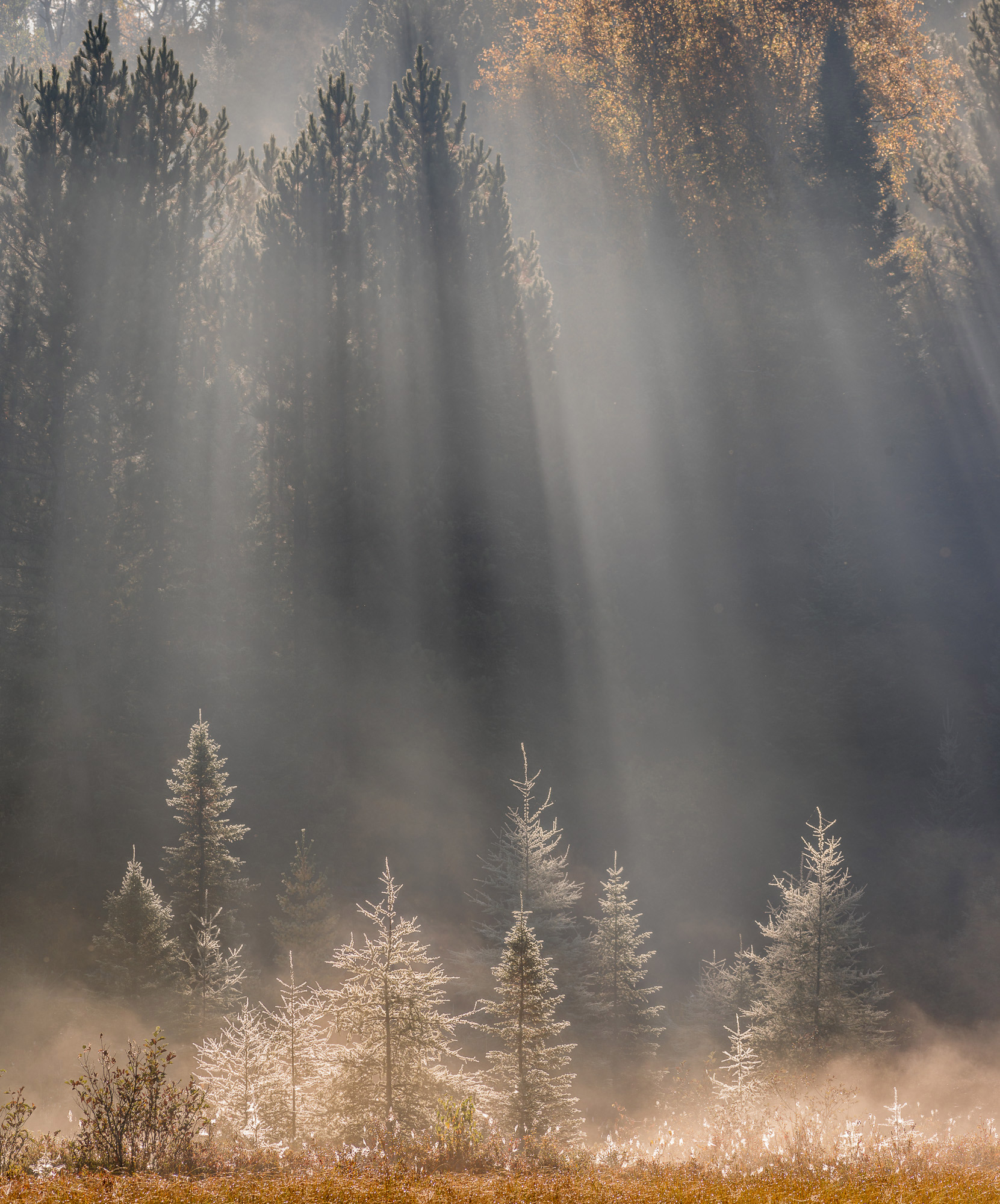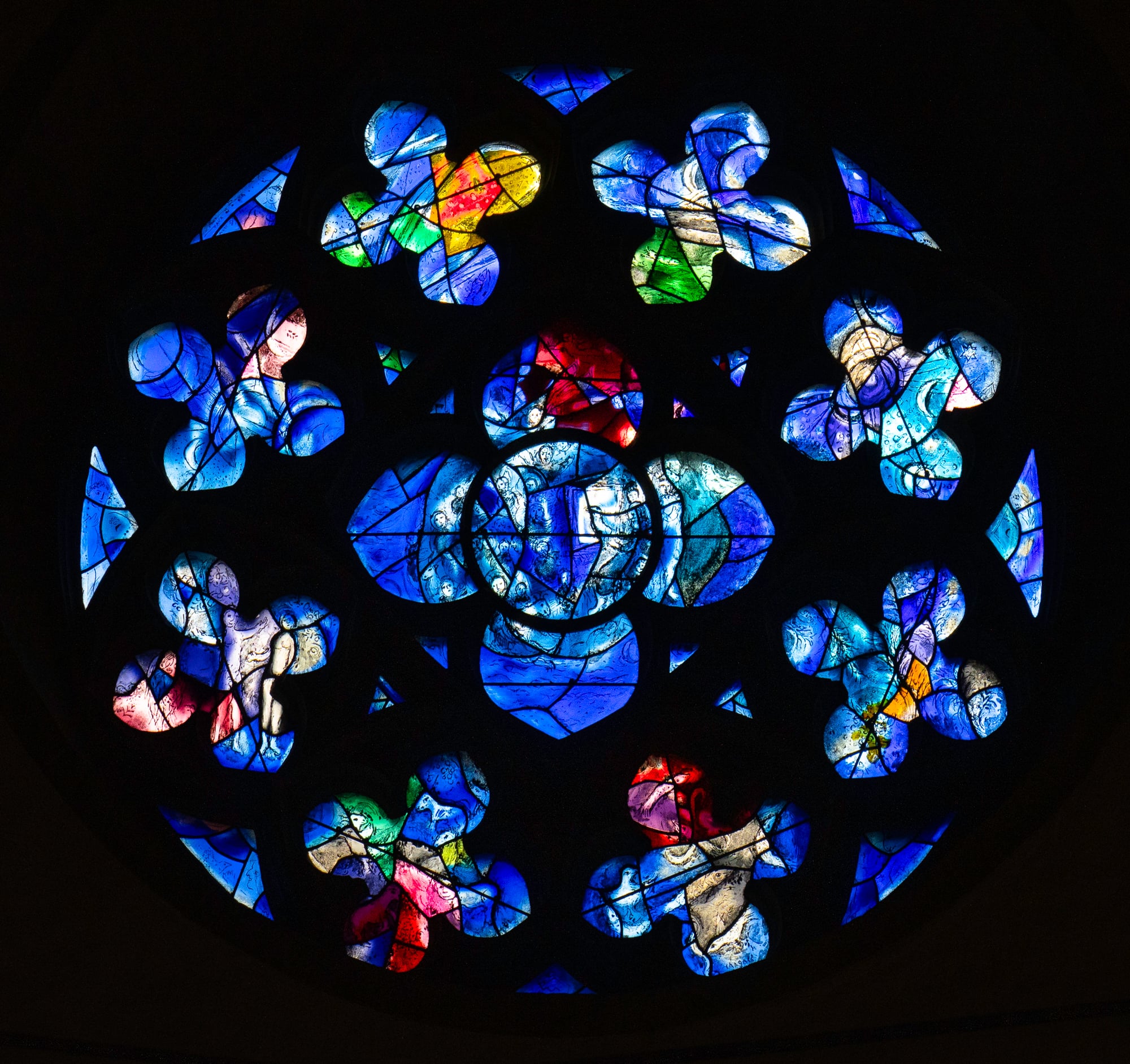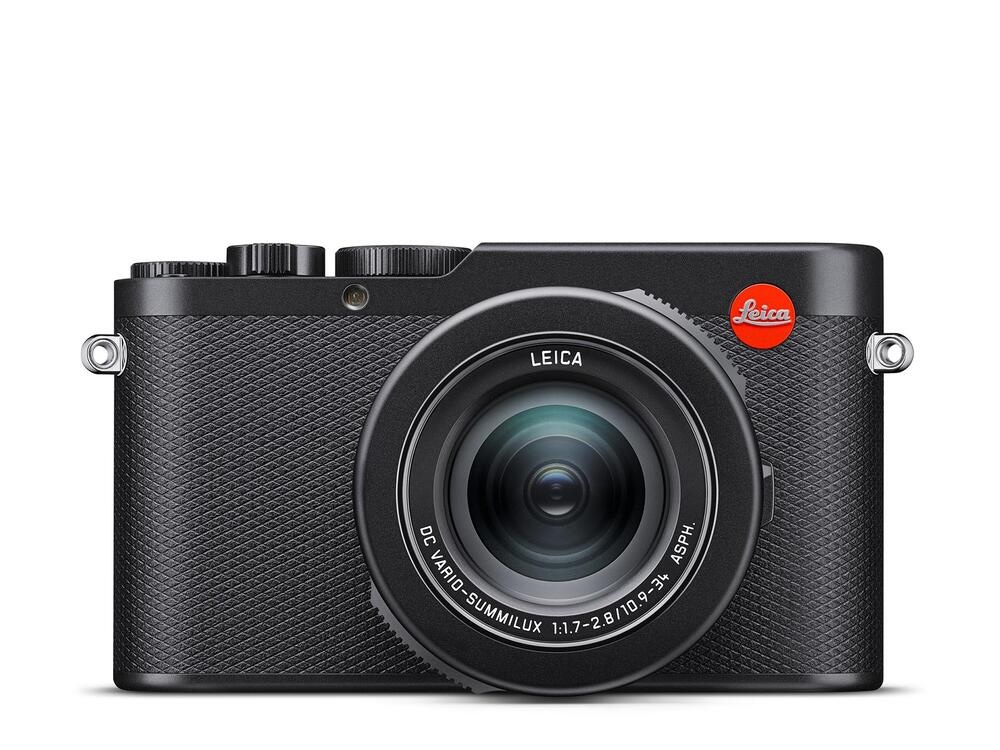

As a photography expert, I’ve handled countless cameras, and the Leica D-Lux 8 presents an intriguing case study in camera design philosophy. Leica has always excelled at creating cameras that are as much a pleasure to use as they are functional tools, and the D-Lux 8 continues this tradition.
Design and Ergonomics:
The D-Lux 8 is quintessentially Leica, a beautiful piece of engineering that harkens back to Oskar Barnack’s classic designs. It features a traditional shutter speed dial positioned exactly where Leica users expect it, and an aperture ring on the lens (though admittedly further out than on an M-series lens). These controls provide that tactile connection to the exposure process that many photographers crave.
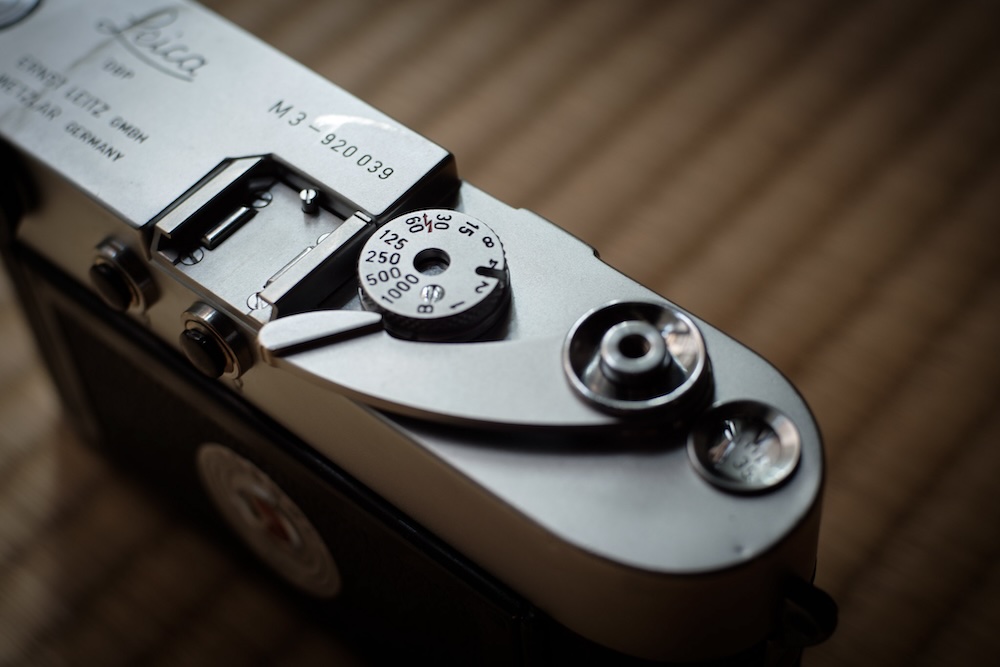

The camera’s build quality is exceptional, featuring a robust metal body that feels solid in hand. The controls are intuitively placed, with customizable function buttons allowing for a tailored shooting experience. One of the Leica D-Lux 8’s defining features is its multiple aspect ratios, including the classic Leica 3:2 ratio, as well as square, 16:9, and 4:3 options.
Imaging Capabilities:
When we look under the hood, the D-Lux 8’s imaging capabilities don’t quite match its exterior excellence. It uses the familiar 20 MP Micro 4/3 sensor, dubbed the “Same Old Sensor,” which first appeared in 2015. This sensor lags behind current APS-C offerings in resolution, dynamic range, and noise performance.
However, it’s not just about the megapixels. The D-Lux 8 produces images with signature Leica color science, which many photographers find appealing. The images have rich tones and excellent dynamic range, and the camera’s JPEG engine delivers punchy, ready-to-share images straight out of the camera.
Lens Performance:
The lens is a bright f1.7-2.8 with a 24-75mm equivalent range, inherited from earlier models. It’s remarkably compact, featuring a complex design with five exotic elements, including two that are both ED and aspheric. However, the edge softness and distortion (even if corrected in-camera) are factors to consider, especially for a camera at this price point.
In practical use, the lens is versatile and performs well in most situations. The fast aperture is beneficial for low-light conditions and creating shallow depth-of-field effects. The optical image stabilization helps to mitigate camera shake, ensuring sharp images even at slower shutter speeds.
Market Position and Competition:
Priced at $1,599, the Leica D-Lux 8 competes with cameras like the Fujifilm X100 VI, which offers better image quality but lacks a zoom lens. The D-Lux 8’s appeal lies in its combination of Leica’s legendary ergonomics, a versatile zoom range, and the enjoyable shooting experience it provides.
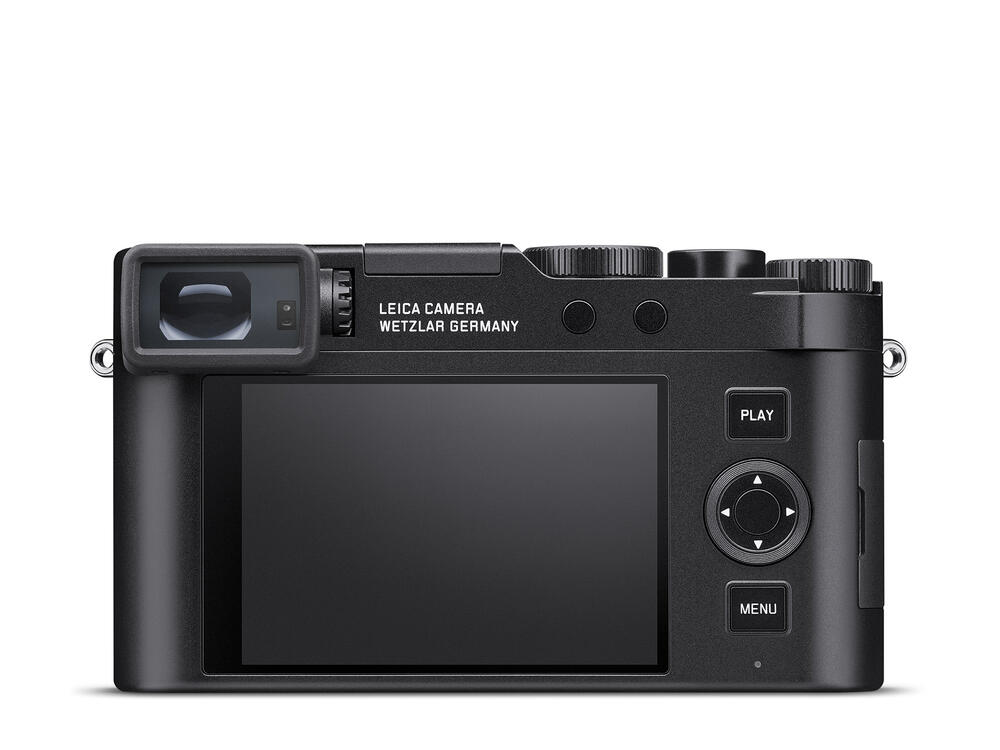

The D-Lux 8 from the back. It really is a pretty camera.
Additional Features:
For video enthusiasts, the D-Lux 8 offers 4K recording, albeit with some limitations. The absence of a headphone jack and the limited manual control during video shooting may be a drawback for serious videographers. However, for casual video work or vlogging, it should work fine. The camera also features Wi-Fi and Bluetooth connectivity, for easy image transfer and remote control via the Leica FOTOS app.
Conclusion:
As a professional, I appreciate the D-Lux 8 for what it is – a beautifully designed tool in the Leica tradition that prioritizes the shooting experience. It’s not the camera I’d reach for when I need cutting-edge image quality, but it could be the perfect one I’d choose for street photography or travel.
Read this story and all the best stories on The Luminous Landscape
The author has made this story available to Luminous Landscape members only. Upgrade to get instant access to this story and other benefits available only to members.
Why choose us?
Luminous-Landscape is a membership site. Our website contains over 5300 articles on almost every topic, camera, lens and printer you can imagine. Our membership model is simple, just $2 a month ($24.00 USD a year). This $24 gains you access to a wealth of information including all our past and future video tutorials on such topics as Lightroom, Capture One, Printing, file management and dozens of interviews and travel videos.
- New Articles every few days
- All original content found nowhere else on the web
- No Pop Up Google Sense ads – Our advertisers are photo related
- Download/stream video to any device
- NEW videos monthly
- Top well-known photographer contributors
- Posts from industry leaders
- Speciality Photography Workshops
- Mobile device scalable
- Exclusive video interviews
- Special vendor offers for members
- Hands On Product reviews
- FREE – User Forum. One of the most read user forums on the internet
- Access to our community Buy and Sell pages; for members only.





